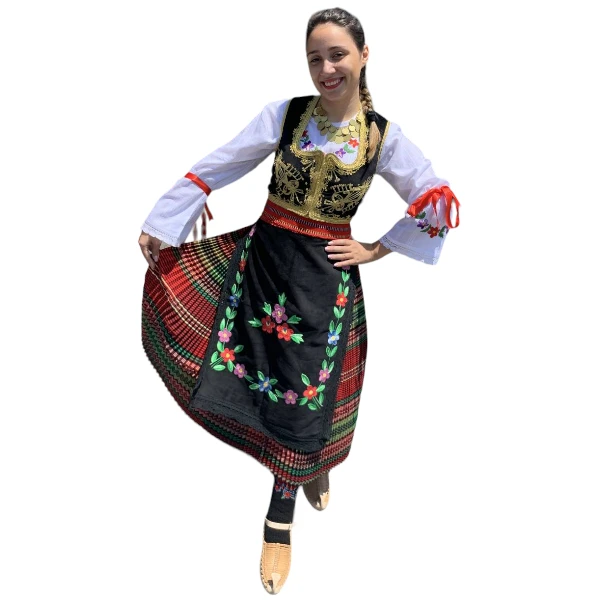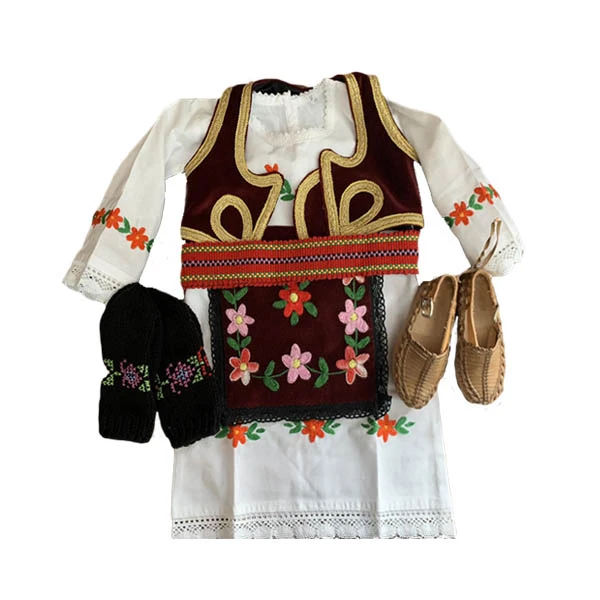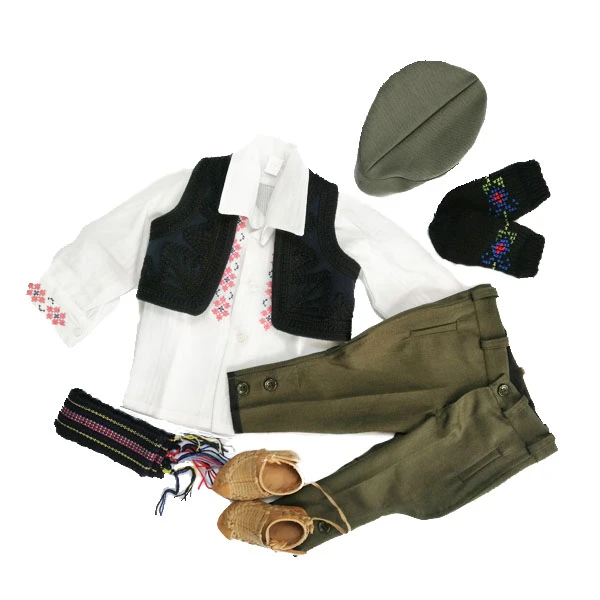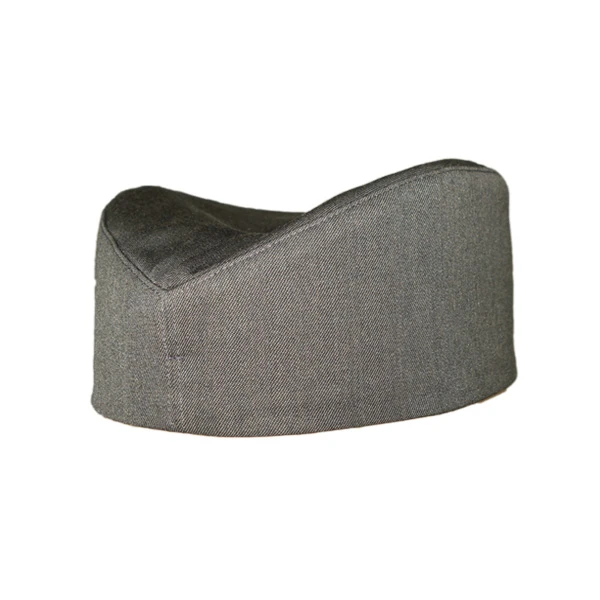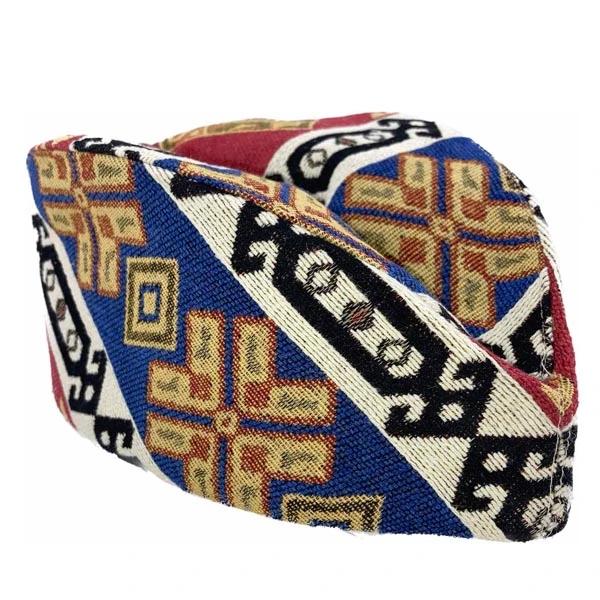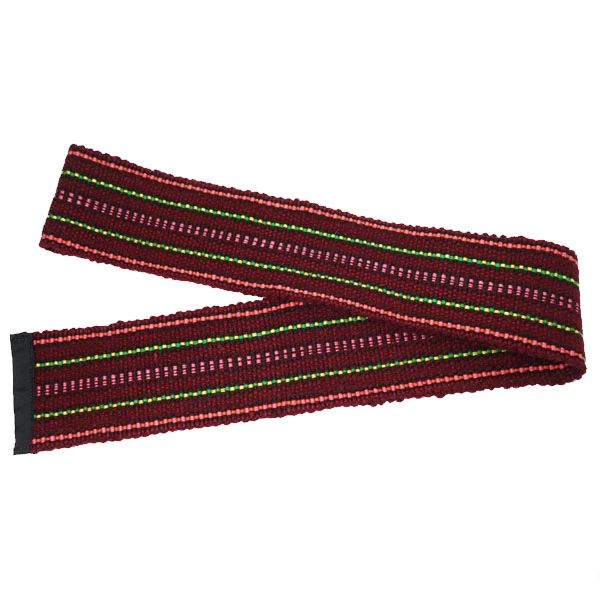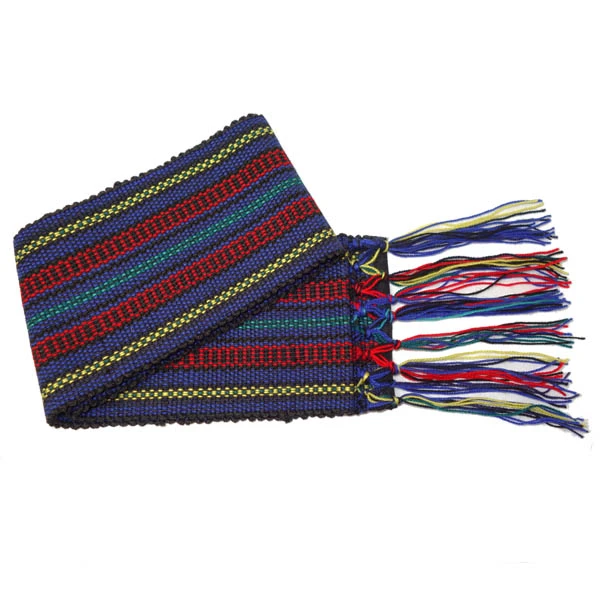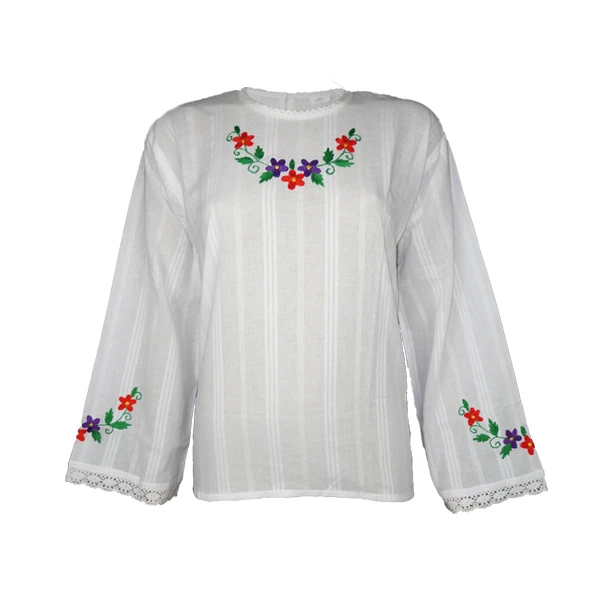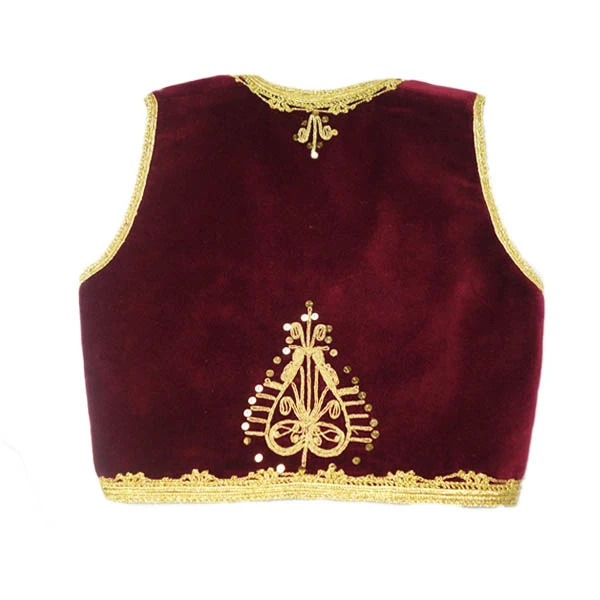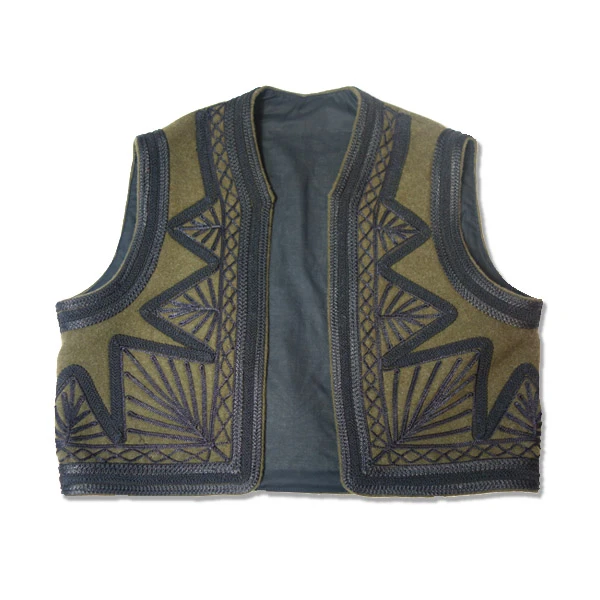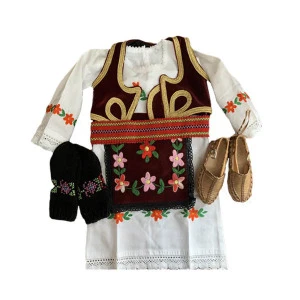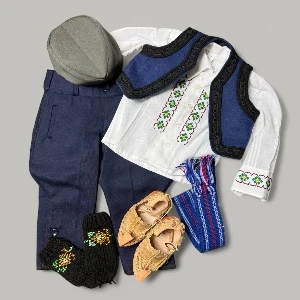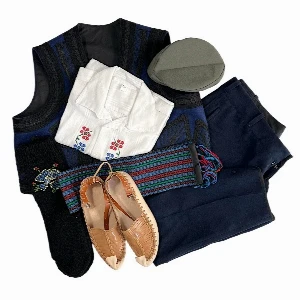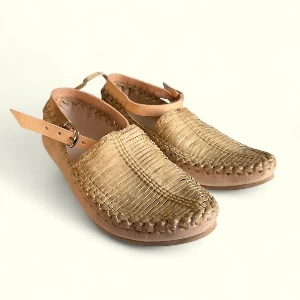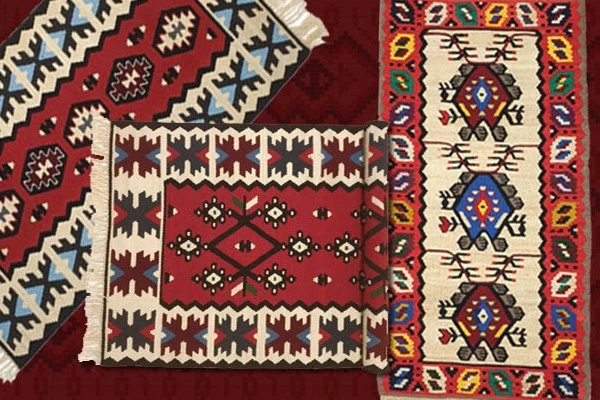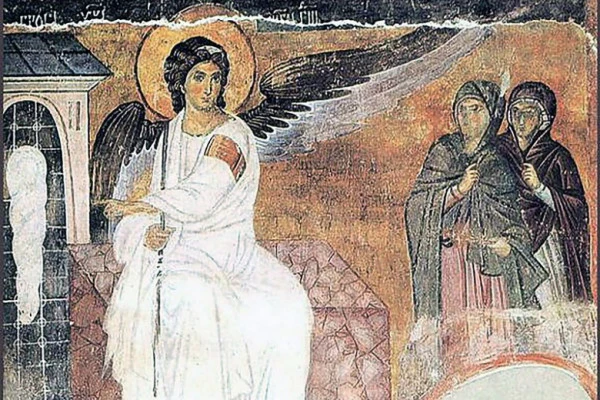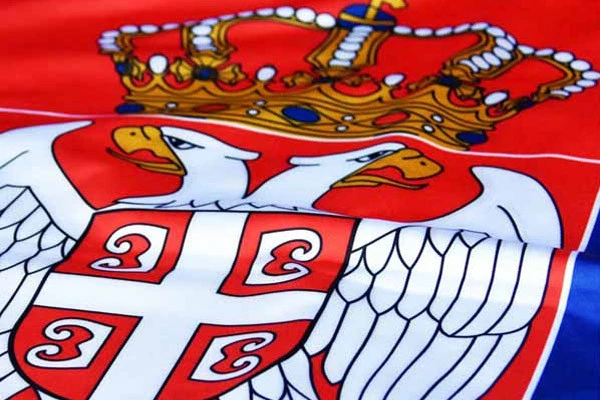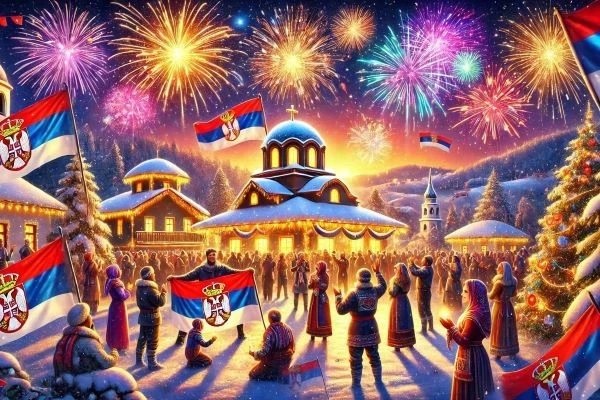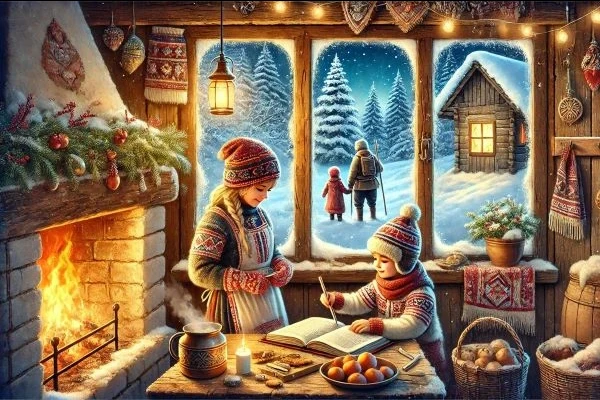Serbian national costume: History and symbolism
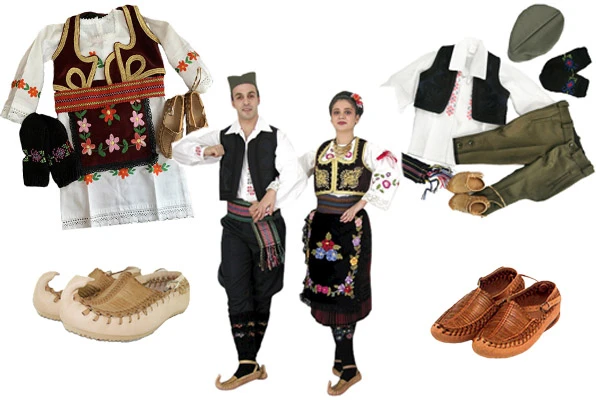
Serbian folk costume represents a precious part of Serbia's cultural heritage. With its variety of styles and wealth of details, Serbian national costume reveals the story of the past, tradition and identity of the Serbian people. In this blog, we will explore the history and symbolism of Serbian folk costumes.
History of Serbian folk costume
The history of Serbian folk costume goes deep into the past and is intertwined with various cultural influences including social changes, political events and fashion. Many elements of the Serbian folk costume have their roots in the Middle Ages and different periods of Serbian history. The influences of Byzantine, Ottoman and Austro-Hungarian culture are visible in different parts of Serbia, which led to a variety of styles and variations of costumes. Although the styles and designs of costumes differ in different parts of Serbia, there are some common elements that are characteristic of Serbian folk costumes in general.
Men's costume often includes trousers or wide trousers, a waistcoat, a shirt. Men's trousers are usually dark in color and shirts are white and decorated with embroidery or patterns that reflect traditional motifs. Also, wearing a traditional hat, such as a sajkača, is often part of men's costume.
Women's costumes are usually richly decorated and full of colorful details. Skirt, shirt, waistcoat and apron are the basic parts of women's costume. Skirts are often long and wide, decorated with patterns, embroidery and applications. Shirts are often white or light colored, decorated with sleeves and embroidered details. Women also wear traditional scarves or photas, which are decorated with embroidery and worn over the head.
Different regions of Serbia have their own specific costume styles. For example, Šumadija is known for its richly decorated women's costumes with embroidered motifs of plants and flowers. In the south of Serbia, in the vicinity of Leskovac, women's costumes are often made of dark-colored fabric, with complex geometric patterns.
Over time, Serbian national costume adapted to changes in society and fashion trends. Today, the costume is most often worn on special occasions, such as folklore dances, weddings or other traditional manifestations. However, there is a growing interest in the preservation and promotion of Serbian folk costumes as an important part of national identity.
Serbian folk costume represents a wonderful combination of art, craft and cultural heritage. Through details, symbolism and styles, it reveals stories about the past, the connection with the land and the traditions of the Serbian people.
Symbolism of the Serbian national costume
Serbian folk costume is not only aesthetically attractive, but also has deep symbolism that represents Serbian identity and cultural connection. Here are some elements of the Serbian folk costume and their symbolism:
1. Opans: Opanci, traditional Serbian leather shoes, represent a connection with the earth and nature. These simple yet durable shoes symbolize a traditional way of life and a connection with rural areas.
2. Šajkača: The Šajkača is an iconic Serbian cap that became a symbol of courage and resistance during the First World War. Today, the šajkača is considered a symbol of national pride and patriotic spirit.
3. Belts: Belts are an important part of the Serbian national costume and carry the symbolism of strength and unity. These decorative belts are often richly decorated with embroidery and represent skill and love of tradition.
4. Gloves: Gloves in the Serbian folk costume are often made of leather and decorated with embroidery. They symbolize elegance and femininity, but at the same time indicate the importance of practicality and protection from the cold.
5. Folk shirts: Folk shirts are an important element of the Serbian folk costume and have their own special symbolism. They are often handmade and decorated with rich embroidery and patterns. Shirts may vary in design depending on the region. For example, Kosovo shirts have specific embroidered motifs and patterns that reflect Kosovo's cultural heritage. Shirts are a symbol of femininity and traditional values, and also express craftsmanship and artistic expressiveness.
6. Vest: A vest is a traditional part of the Serbian national costume that is worn as an outer covering. It is made of woolen or cotton fabric and decorated with embroidery, applications or patterns. The jacket symbolizes Serbian identity and historical belonging. In addition to its aesthetic value, a waistcoat provides warmth and protection from the cold and is an important part of formal wear for special occasions. Wearing a waistcoat expresses pride and respect for Serbian heritage and culture, and represents the skill and art of Serbian masters.
Related products
Read also
How to wash a pirot carpet - 5 steps to a perfectly clean and fragrant carpet
Traditional Serbian carpets are a valuable family heirloom. They refine and…
White angel - the purest symbol of the Serbian people
Frescoes represent an artistic segment of religion and as such occupy a special…
Serbian flags throughout history - What all Serbian flags looked like and what distinguishes them
A flag is much more than a piece of cloth – it is a symbol of a nation's identity,…
Who was Saint Sava and what was his contribution?
"Saint Sava: A Beloved Serbian Saint with a Rich Legacy and Cultural Significance"
…Serbian New Year: Tradition, Customs and How to Celebrate it
The Serbian New Year, also known as the Orthodox New Year, is celebrated on…
Gifts Inspired by Serbian Culture: Authentic Ideas for the Holidays
The holidays are a time of giving, and finding the perfect gift is often a challenge.…
Traditional Serbian Christmas Customs: How to Cultivate Them in Modern Times?
Christmas is the most joyous holiday in Orthodox Christianity, a time when families…
How to Bring the Spirit of Orthodox Tradition into Your Home This Winter?
Winter is the perfect time to bring warmth, togetherness and the spirit of Orthodox…
Serbian Souvenirs: Perfect New Year's Gifts for All Tastes
New Year is the time of giving, and what is more beautiful than a gift that…
How to stay productive and not waste an entire day on Black Friday shopping
Black Friday is a day full of amazing discounts, but it can easily become exhausting…
Folk Beliefs and Customs for Saint Aranđel - Assembly of Holy Angels
Saint Michael the Archangel, who is celebrated…
Folk Beliefs and Customs for Đurđić - Glory of St. George
Đurđić, the feast of St. George, celebrated on November 16, is one of the most…

Apply for newsletter
Sign up for the Serbianshop newsletter and get a 10% discount.


